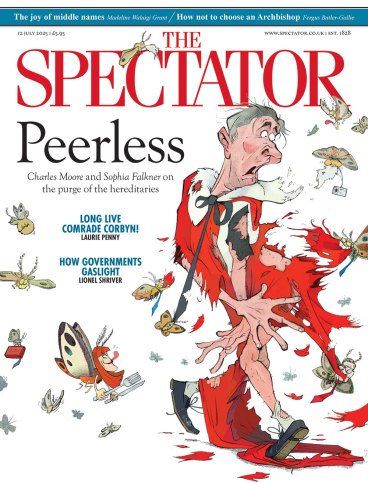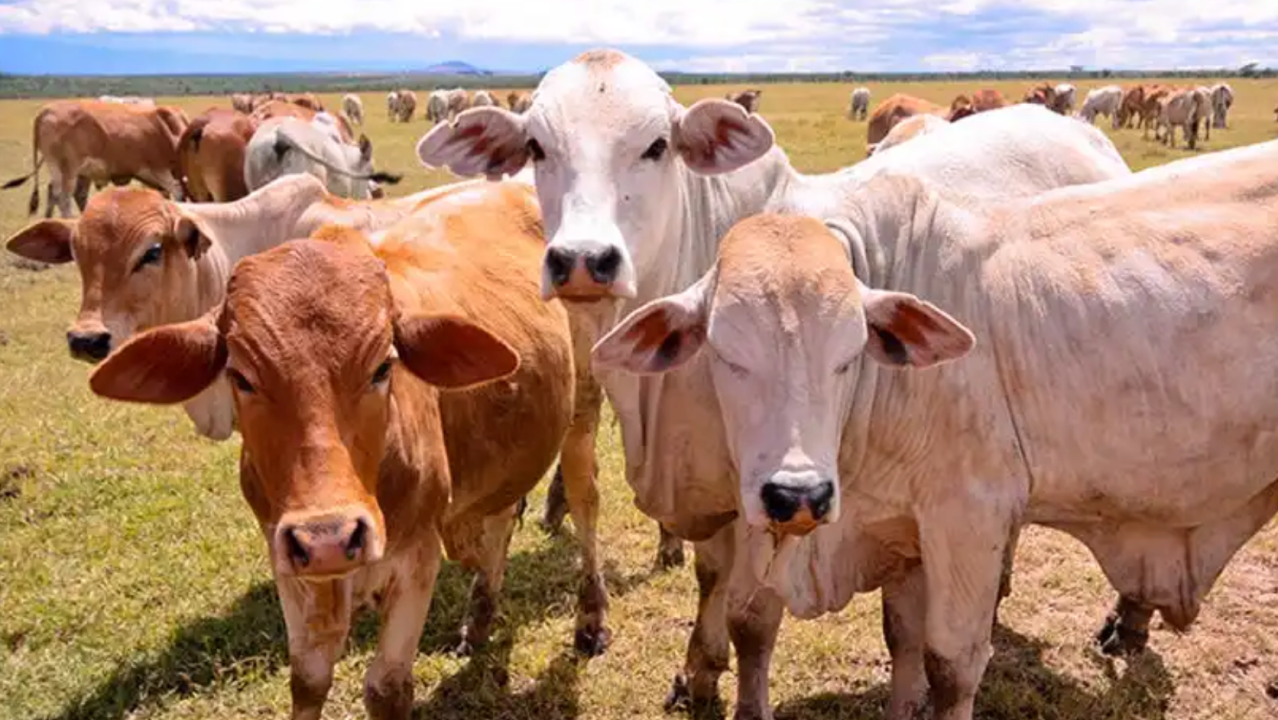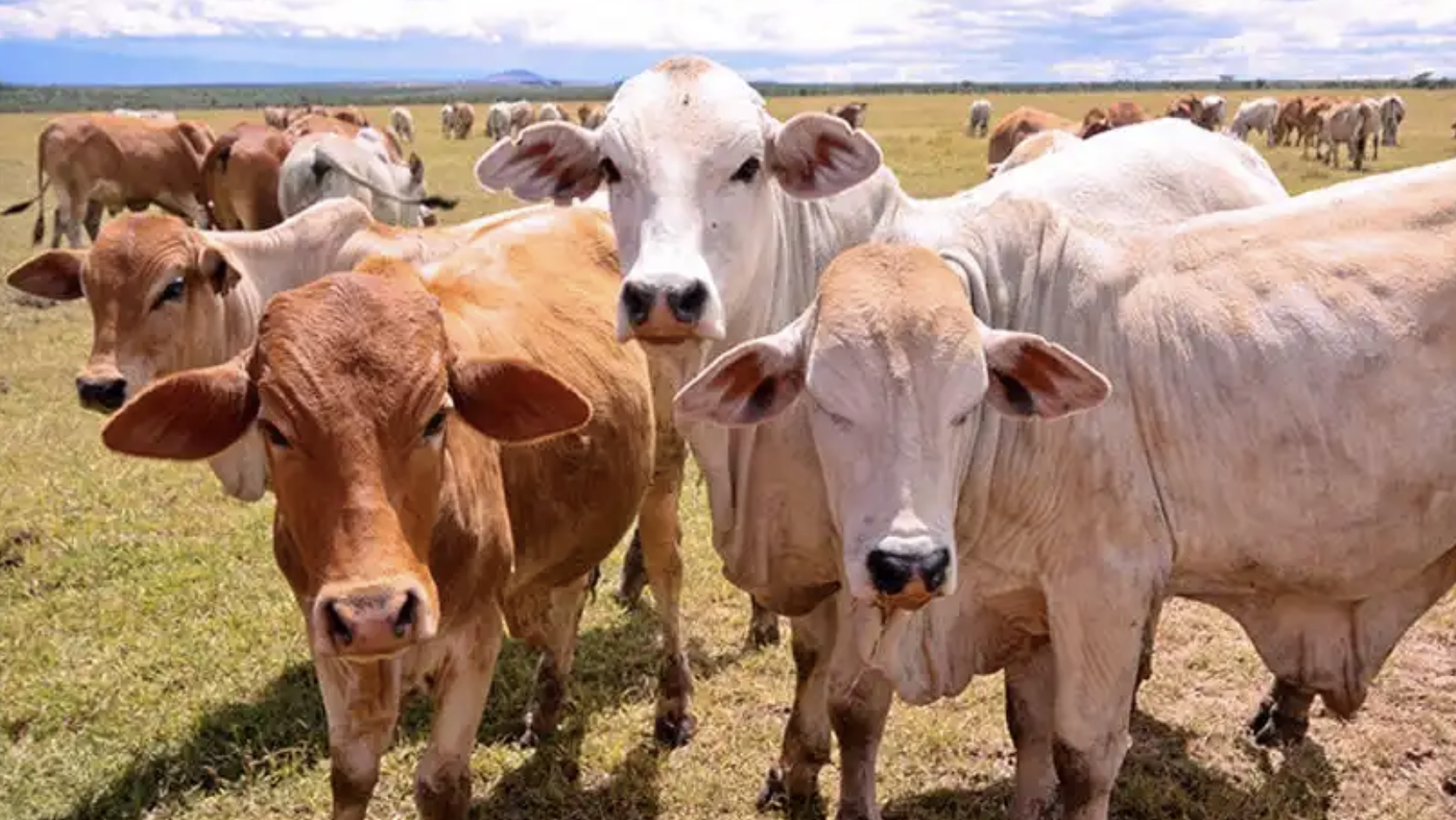
Kenya
My cattle sensei Mark revealed that my Boran bulls aren’t gaining enough masculine growth after weaning because they’re only just surviving on the droughted, brittle pastures of my farm at 6,000ft in Laikipia. They’re also starved half the time, since the perennial threat of armed cattle rustlers mean they must overnight in a stone and thornbush zeriba – and this year we’ve had one bitch of a lioness constantly harassing the livestock, even jumping into the stockade at night to kill or injure animals. I’ve put all my bulls on to a protein and bran supplement, but sadly I have selected only three very young beasts to enter the Boran Cattle Breeders’ show this September. My hopes are not high, and I certainly won’t repeat my 2018 win in the Class 9 Gilfrid Powys Memorial Trophy for two-and-a-half to three-year-old bulls (named after my neighbour, a great cattleman who was sadly killed by an elephant).
I have greater confidence in my string of six heifers, who I’ve entered for several age classes, most of all for the two to two-and-a-half year George Aggett Memorial Trophy (another great rancher and pilot, killed in a plane crash). Two first calvers with halter-trained calves at foot will go in for the Class 4 and then I’m entering two groups of three females in the Lady Anne Delamere Cup. The three young bulls will also go in for the Agriner Cup progeny class though they are not old enough for the Charlie Stonewigg trophy (murdered in bed). We began halter training the cattle months ago but I know for sure we have absolutely no hope of winning the late Pat Smith Stockman’s Trophy for the best turned out and handled group.
Things will be tough for us in the ring alongside breeders such as veteran studs Woragus and Ol Pejeta, Kenya’s largest Boran operation, which now has a very dynamic young cattle manager. Some of the very best studs have decided not to show this year and in a way that puts extra pressure on the likes of us, since I’d rather hide in a mob of consistently top-quality cattle. Our show judge this year is once again P.J. Budler, a world-class cattle judge who grew up in South Africa and is now based in Texas. P.J. is a great ambassador for the Boran breed. I like him because he awarded my bulls the first and third prizes in their classes at the last show, though in a recent livestock expo in Tanzania he downgraded a wonderful red heifer I had taken down there because he said she had weak feet. Frankly, I’m less worried about feet among my show group than I am about the possibility of forward humps – completely verboten in this zebu-type breed of cow – and also a couple of my heifers are quite fierce. Any aggression from a Boran and they get voted out, since one of the great attributes of our breed is their benign nature.
The Boran story began in the 1920s, when the legendary cattleman and Great War veteran Brian Curry was hunting elephant north of the Tana River, inland from Lamu, when he first clapped eyes on the white cattle of the local Orma people. In those early days of introducing exotic breeds to Africa, he was having problems with his red polls in Laikipia – and seeing those Tana Borans was love at first sight. He trekked 120 heifers down to his farm west of Mount Kenya and the rest is history. By the 1930s, my father and others were regularly trekking Boran-type cattle down from what is now Ethiopia and Somalia. In those days they called them Frontier Cattle, which is now the name of my cattle stud today. All these cattlemen were doing was selecting the best characteristics of already superb indigenous African cattle which had been developed over the centuries since the first Bos indicus zebu-type cattle had been brought into Africa during the Arab invasions that converted parts of the continent to Islam.
In 1951, a group of Kenyan ranchers, including my father, founded the breeders’ society and confirmed the breed points of the animal they were looking for. Today, there is only a small handful of Kenyan breeders still working with the Boran, but this is one of the best cattle breeds for arid parts of the world. At the show we are expecting quite a mob of visitors from Brazil and other Latin America cattle countries, together with a good turnout of South Africans, Namibians, Zimbabweans, Tanzanians and hopefully at least one Aussie.









Comments